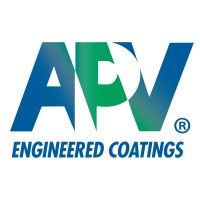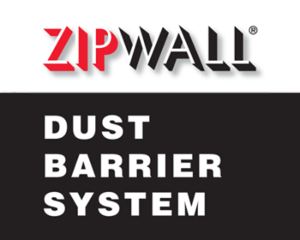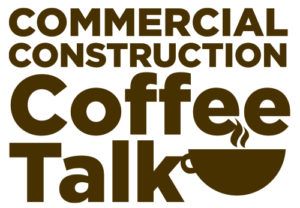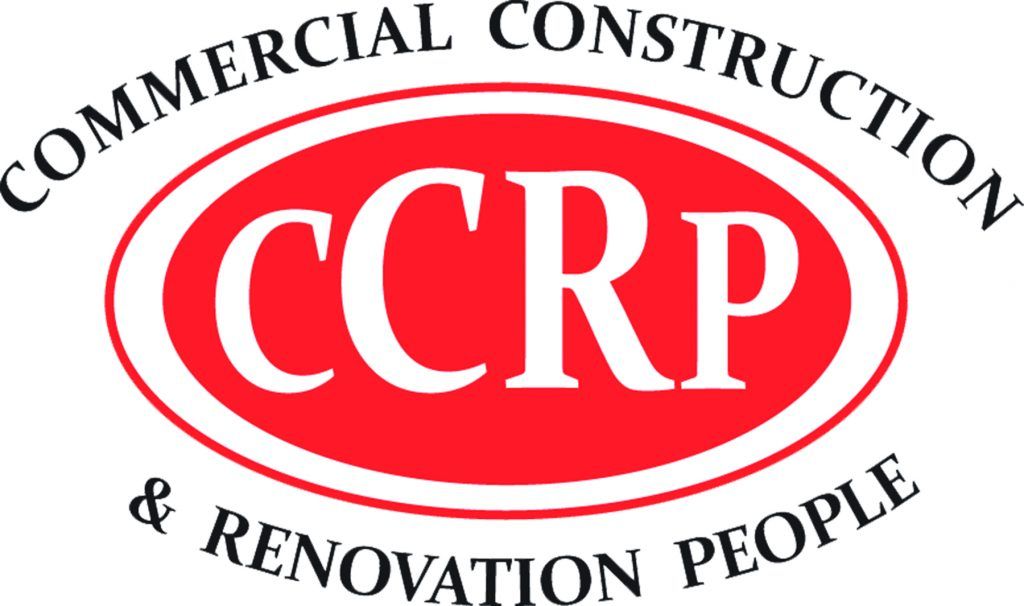Manufacturing lightweight components that don’t compromise on strength has become a critical challenge across industries. Whether you’re shipping products globally or designing automotive parts, finding the right balance between durability and weight can make or break your project’s success. Traditional manufacturing methods often force you to choose between these two essential qualities, leaving many professionals frustrated with their options.
The numbers tell a compelling story. Plastic shipping containers built with thermoformed parts can be 30% lighter than traditionally used materials such as wood or fiberglass. This isn’t just about reducing weight; it’s about transforming how businesses approach component design and manufacturing.
Understanding the Thermoforming Process
The science behind creating lightweight yet strong components lies in understanding how materials behave under controlled conditions. This manufacturing approach offers unique advantages that traditional methods simply can’t match.
How Thermoforming Works
Thermoforming starts with heating plastic sheets until they become pliable and moldable. The heated material is then shaped using vacuum pressure or mechanical force against a mold. This process creates complex shapes while maintaining the material’s inherent strength properties. The controlled heating ensures uniform thickness distribution, which directly impacts the final component’s durability.
Key Material Properties
Different thermoplastics bring unique characteristics to the table. ABS offers excellent impact resistance, while PET provides superior clarity and chemical resistance. HDPE delivers outstanding moisture barriers, making it perfect for shipping applications. These materials maintain their molecular structure during forming, preserving their strength characteristics.
Process Advantages
The controlled environment of thermoforming allows for precise wall thickness management. This means you can create strong components where they need to be and lightweight everywhere else. The process also enables the creation of complex geometries that would be impossible with other manufacturing methods.
This manufacturing flexibility makes thermoforming an attractive option for companies seeking customized solutions.
Benefits of Thermoformed Components
Creating components that excel in both weight and strength requires understanding the unique advantages this process offers. These benefits extend far beyond simple cost savings.
Weight Reduction Capabilities
Thermoformed parts consistently deliver significant weight savings compared to traditional alternatives. The process allows for hollow construction and strategic material placement, reducing overall mass without sacrificing structural integrity. This weight reduction translates directly to lower shipping costs and improved fuel efficiency in transportation applications.
Strength Characteristics
Despite their reduced weight, thermoformed components maintain impressive strength properties. The forming process orients polymer chains, often improving impact resistance and tensile strength. This molecular alignment creates components that perform better under stress than their heavier counterparts.
Design Flexibility
The thermoforming process accommodates complex shapes, undercuts, and integrated features that would require multiple components in traditional manufacturing. This consolidation reduces assembly time and potential failure points while maintaining structural performance.
These advantages position thermoforming as an ideal solution for modern manufacturing challenges.
Industry Applications and Success Stories
Various industries have discovered how thermoforming addresses their specific needs for lightweight, strong components. Real-world applications demonstrate the process’s versatility and effectiveness.
Automotive Industry
Car manufacturers increasingly rely on thermoformed interior panels, door components, and protective housings. These parts reduce vehicle weight while meeting stringent safety requirements. The process enables the creation of complex dashboard assemblies and trim pieces that enhance both aesthetics and functionality.
Packaging Solutions
The packaging industry has embraced thermoforming for creating protective containers, clamshells, and custom trays. These components protect valuable goods during shipping while minimizing packaging weight. Thermoforming plastic containers offer superior protection compared to traditional cardboard alternatives.
Electronics and Medical Devices
Electronic component housings and medical device enclosures benefit from thermoforming’s precision and cleanliness. The process creates protective barriers that shield sensitive components while maintaining lightweight portability. These applications often require FDA-approved materials and cleanroom manufacturing conditions.
The success across these diverse industries highlights thermoforming’s adaptability and effectiveness.
Comparing Thermoforming to Traditional Methods
| Factor | Thermoforming | Injection Molding | Stamping |
| Tooling Cost | Low ($5,000-$15,000) | High ($50,000+) | Medium ($25,000-$40,000) |
| Production Speed | Fast (2-4 weeks) | Slow (6-12 weeks) | Medium (4-8 weeks) |
| Design Complexity | High | Very High | Limited |
| Material Waste | Minimal | Low | High |
| Weight Reduction | Excellent | Good | Poor |
| Strength-to-Weight Ratio | Superior | Good | Variable |
Working with Thermoforming Companies
Selecting the right manufacturing partner significantly impacts your project’s success. Understanding what to look for in potential partners helps ensure optimal results.
Evaluating Capabilities
A reputable thermoforming company should demonstrate extensive material knowledge, advanced equipment capabilities, and proven quality control systems. They should offer material selection guidance, design optimization support, and prototyping services. Look for companies with ISO certifications and industry-specific experience.
Service Offerings
Comprehensive thermoforming services extend beyond basic manufacturing. The best providers offer design consultation, material testing, prototype development, and full-scale production capabilities. They should also provide finishing services like trimming, drilling, and assembly.
Quality Assurance
Professional thermoforming companies maintain strict quality control throughout the production process. This includes incoming material inspection, process monitoring, and final product testing. They should provide documentation and certification for critical applications.
Choosing the right partner ensures your components meet both performance and budget requirements.
Cost-Effectiveness and Production Efficiency
Understanding the economic advantages of thermoforming helps justify its adoption for lightweight, strong component production. The process offers multiple cost-saving opportunities throughout the manufacturing cycle.
Lower Tooling Costs
Thermoforming molds cost significantly less than injection molding tools. This reduced upfront investment allows for more economical short-run production and faster project launches. The lower tooling costs also enable cost-effective design iterations and customization.
Faster Production Cycles
The thermoforming process typically requires shorter cycle times than alternative methods. This efficiency reduces per-part costs and enables faster delivery schedules. The speed advantage becomes particularly important for time-sensitive projects or seasonal products.
Material Utilization
Modern thermoforming equipment maximizes material utilization through precise heating and forming controls. This efficiency reduces waste and lowers material costs. The process also accommodates recycled content, further reducing raw material expenses.
These economic benefits make thermoforming an attractive option for cost-conscious manufacturers.
Common Questions About Thermoforming for Lightweight Components
- What is the benefit of thermoforming?
Thermoforming is affordable. Its high rates of production, scalability, and the ability to handle a diverse variety of thermoplastic materials also make it rather cost-effective. In addition, the cost of labor is discouraged as a result of thermoforming.
- What are thermoformed components produced with the ability to be lightweight yet strong?
It gives the capability of strategic positioning of the materials and hollow building with its structure being kept intact due to controlled alignment of the polymer during forming.
- At what rate can thermoformed components be made?
Many thermoformed components can undergo fabrication in 2-4 weeks as compared to other manufacturing processes, which take a lot of time to develop.
Lightweight Manufacturing of the Future
Thermoforming is one of the manufacturing options that have been effective to combine antagonistic lightweight and structural capabilities. The capability to produce intricatory shapes and at the same time less weight makes the process so valuable in the modern-day applications where every gram counts.
Innovations in thermoforming technology are on the rise, keeping up with the increasing need to have sustainable and resource-efficient manufacturing options. With the technological advances in materials science and the sophistication of the available equipment, certainly even more can be done to make very lightweight yet strong parts.
Most vital of all, thermoforming has democratized an access to high-quality manufacturing with cheaper tooling and reduced production timelines. The access makes smaller firms compete with large producers without compromising on quality and performance.

























